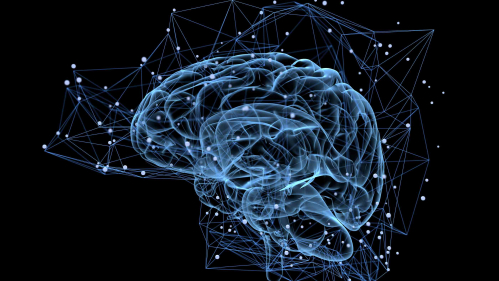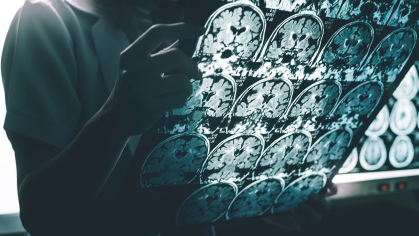Advanced Models Offer Scientists a Promising Tool to Better Understand Brain Disorders

A technique employed by Rutgers scientists is advancing the ability to investigate conditions including autism and Alzheimer’s
A specialized model used by researchers is becoming a valuable tool for studying human brain development, diseases and potential treatments, according to a team of scientists at Rutgers University-New Brunswick.
Known as chimeric brain models, these laboratory tools provide a unique way to understand human brain functions in a living environment, which may lead to new and better therapies for brain disorders, researchers said in a review article in Neuron.

Scientists create models by transplanting human brain cells culled from stem cells into the brains of animals such as mice, thereby creating a mix of human and animal brain cells in the same brain. This environment is closer to the complexity of a living human brain than what can be simulated in a petri dish study.
“These chimeric models have become invaluable tools for neuroscience research,” said Peng Jiang, an associate professor in the Department of Cell Biology and Neuroscience in the Rutgers School of Arts and Sciences and the corresponding author of the review. “By observing human cells within the active environment of a living brain, we can better understand how human neural cells develop and how they may play a role in neurological disorders.”
Jiang and his team have been developing and using chimeric brain models for nearly a decade. He and other lab members focus on studying human neural development and neurological disorders using these models. They have created human-mouse chimeric brain models to investigate conditions such as Down syndrome, autism spectrum disorder and Alzheimer’s disease.
Chimeric brain models have been a powerful tool in neuroscience research for several decades, but recent advancements have greatly improved their precision and impact, Jiang said.
The co-first authors, doctoral student Ava Papetti and postdoctoral associate Mengmeng Jin, said that creating human-rodent chimeric brain models has provided new insights into the unique features of human neural cells and their roles in various neurological conditions.
Among the critical findings are discoveries about the unique functions of human brain cells known as neurons and glia, non-neuronal cells in the nervous system that support, protect, and nourish neurons. These brain cells have been found in experiments using chimeric models to behave differently from their mouse counterparts, offering potential clues into the higher cognitive functions that set humans apart from other species.
In another important advance enabled by the special models, researchers have identified specific cellular alterations associated with autism spectrum disorders, offering a deeper understanding of the condition's underlying mechanisms.
The chimeric models also have helped scientists uncover aspects of Alzheimer’s disease that affect human brain cells but not mouse cells. Jiang said the findings underscore the importance of studying human neurons and glia in a living brain environment to gain a full understanding of the disease’s underlying mechanisms. It also may guide researchers to develop effective treatments, he said.
Advances in the treatment of neurological disorders have been stymied by the differences between humans and other animals, according to Jiang. Understanding and treating neurological disorders such as Alzheimer’s disease has been difficult, in part because many treatments that seem effective in animal models don’t translate well to humans.
“Traditional animal models, like mice, are valuable and instrumental in neuroscience research, but a gap exists because they can’t fully capture the biological complexities of human brain cells,” Jiang said.
Employing chimeric brain models offers a promising way to address the problem.
“By creating human-rodent chimeric brain models, researchers gain a more accurate view of human brain development, cognitive function, and how neurological diseases progress,” Jiang said. “These chimeric models also offer new opportunities to explore human stem cell-based therapies, such as approaches to replace damaged or dying human neural cells in neurodegenerative diseases.”
Other Rutgers scientists contributing to the review included doctoral students Ziyuan Ma and Alessandro Stillitano. All are with the Department of Cell Biology and Neuroscience.


